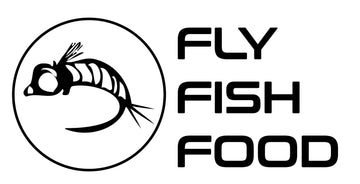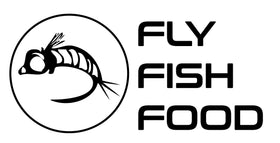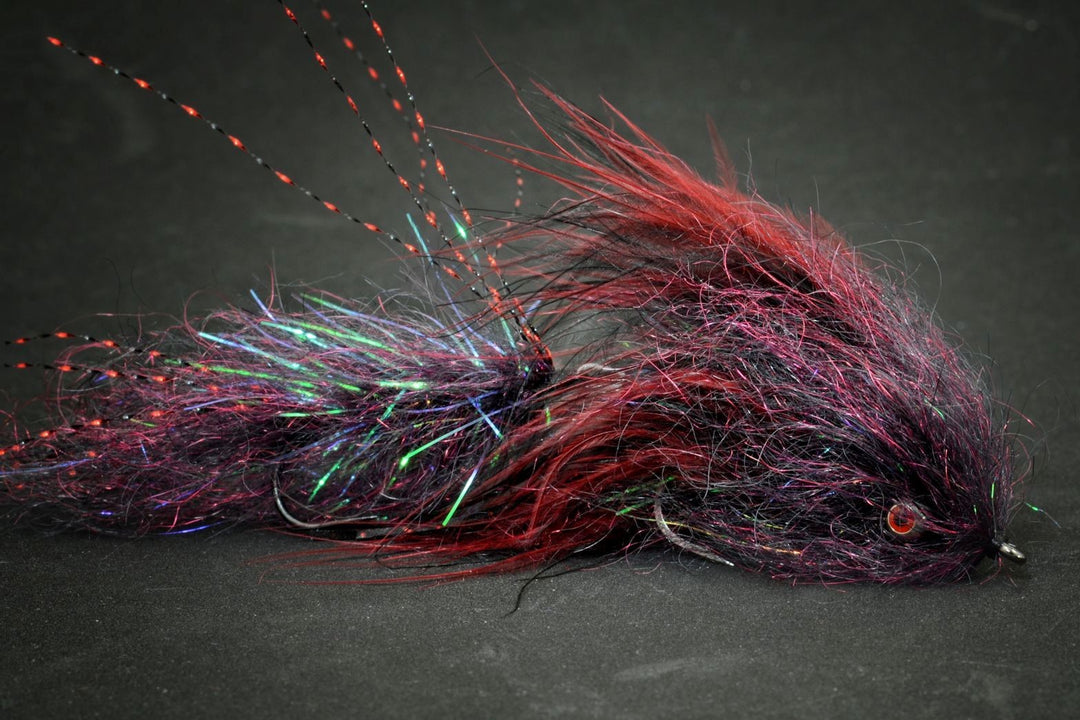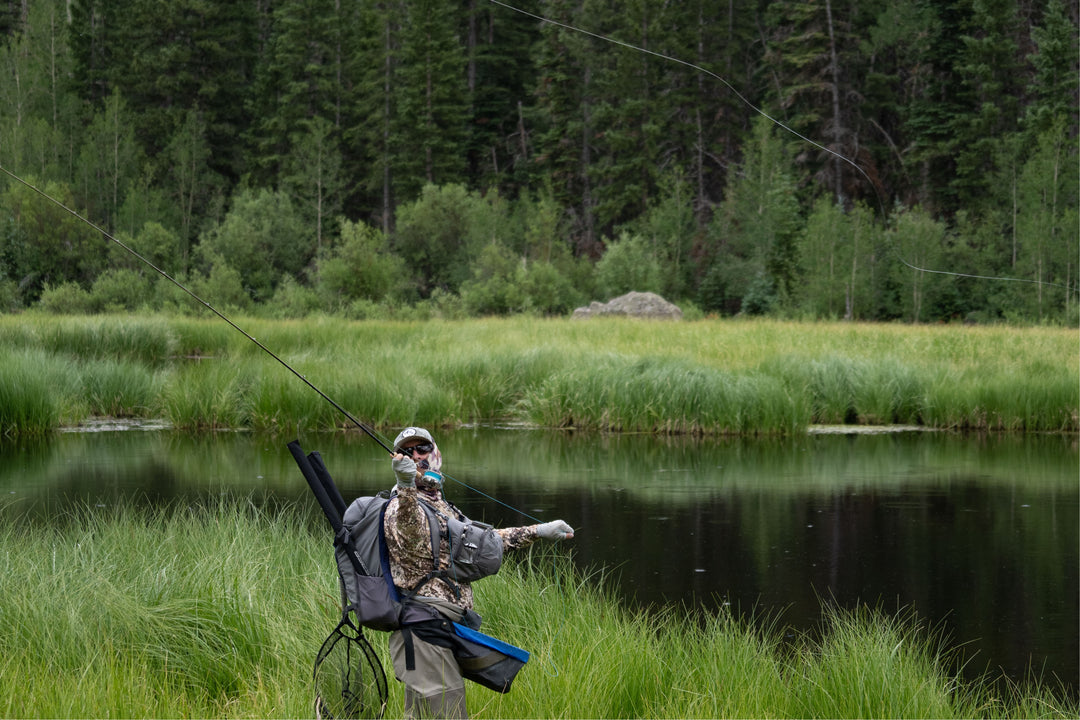Blue River Fly Fishing Report - August 8/23/2025
BLUE RIVER FLY FISHING REPORT
Silverthorne • Dillon Tailwater to the Lower Blue
Current River Conditions
Tailwater (Silverthorne/Dillon outflow): ~300–400 CFS (check USGS/CPW for exact hourly releases)
Lower Blue: variable—pockets and side channels can be very skinny; expect low-to-moderate summer flows.
Tip: sudden dam adjustments will change the fish depth and drift—plan to re-check releases before you launch.
Clarity: Generally clear through most reaches—visibility good for sight fishing.
Temp: Upper/tailwater holding mid-40s–low 50s°F; lower sections can warm into the mid-50s–60°F in afternoon shallow runs.
Typical late–summer days: warm afternoons, cool mornings. Expect pockets of wind; best fishing in low-light windows (morning and late afternoon).
Main access points around Silverthorne and the Highway 6 corridor open; boat ramps operational. Parking can fill on weekends—arrive early.
Hatch Chart & Insect Activity (Aug 23, 2025)
| Insect / Food | Typical Size | Activity | Best Time |
|---|---|---|---|
| Midges (larvae & emergers) | #18–24 | Very Heavy ★★★★★ | All day (focus on calm water and riffle tails) |
| PMDs & Baetis (small mayflies) | #14–18 | Moderate ★★★ | Late morning to midday |
| Blue‑Winged Olives (BWOs) | #18–22 | Light–Moderate ★★☆ | Cooler periods, mornings and evenings |
| Caddis (adults & emergers) | #14–18 | Light ★★ | Evenings and near woody structure |
| Terrestrials (hoppers/ants) | Large / variable | Occasional ★★ | Warm afternoons along banks |
| Sculpin / Leeches / Small Baitfish (for streamers) | #4–8 | Opportunistic ★★★ | Cloudy periods, low light, deeper runs |
Recommended Flies (patterns & local matches)
Below are the flies that match current conditions on the Blue River. Each pattern is linked to the exact fly in the supplied fly sheet so you can order or inspect details before you head out.
-
Midges / Chironomids
- Black Zebra Midge (TBH) — small, high‑contrast midge for indicator nymph rigs (#18–24).
- Egan's Frenchie Chironomid — great as a pupa/emerger on still indicator drifts.
-
Small Mayflies / PMDs / BWOs
- Split Case - PMD — excellent emerger/nymph profile for selective takes.
- Stealth Link Mercer - BWO — dry/emerger option for BWO activity.
- Parachute - Blue Wing Olive — reliable small dry for picky rises.
-
Nymphs / Euro / Indicator
- Tungsten Split Case Nymph - PMD — tungsten weight for fast, precise presentation to bottom-feeding trout.
- Pheasant Tail Tungsten — a go-to general mayfly nymph in multiple sizes.
- Tungsten Pat's Rubber Legs — stonefly/salmonfly profile for pocket water and edges (when larger stoneflies show).
- Egan's Silver Bullet - Baetis — streamlined perdigon-style for indicator or euro rigs.
-
Streamers & Baitfish Imitations
- Baby Gonga - Rainbow — articulated baitfish pattern; deadly in deeper tailwater runs.
- Coffey's Articulated Sparkle Minnow - Sculpin #4 — sculpin imitator for aggressive takes in structure.
- Sculpzilla - Olive — larger sculpin profile for low-light/ambush fishing.
-
Dry Fly Options (when fish rise)
- Parachute Adams — versatile attractor when matching small mayflies on the surface.
- Corn‑fed Caddis (CDC) - Olive — for evening caddis activity near woody banks.
Tactics & Tips — How I'd Fish It This Week
Indicator / Nymphing: Use two-nymph tandems—a larger tungsten nymph to anchor deep (split-case / pheasant tail) with a midge or emerger tied above it. Light tippets (6X–5X) and long leaders help when visibility is good.
Euro nymphing: When currents are swift near tailwater, switch to a heavy perdigon or tungsten drop to keep contact. Try Egan's Warrior Perdigon or similar for direct feedback.
Dry fly windows: If you see selective rises in the morning or late afternoon, tie on small dries (BWO/PMD) and present low and drag-free. Parachute Adams or PMD emergers excel when fish are looking up.
Streamer strategy: When clouds lower or fish stack in deeper runs, swing or strip streamers along seams and near undercuts. Work sculpin patterns slowly—big browns and rainbows take them readily in low light.
Stealth & position: On clear water keep distance, use longer leaders, and approach from downstream when possible. Fish can be spooky on the Blue.
Quick Checklists
3–6 wt for dries/nymphs; 6–8 wt for streamers
Rods: euro/indicator setups; floating & sink tips for streamers
Tippet: 6X–3X depending on presentation
Black Zebra Midge (TBH)
Tungsten Split Case Nymph - PMD
Egan's Silver Bullet - Baetis
Baby Gonga - Rainbow
Early mornings for deep nymphing and streamer retrievals
Midday + afternoon for PMD/BWO windows
Evenings for caddis and rising fish near banks
Notes & Local Intelligence
- Midge-focused rigs will put more trout in the net than changing through flashy attractors—small and precise is the ticket here.
- Keep an eye on Colorado Parks & Wildlife and USGS flow updates — Dillon Reservoir releases can shift the bite quickly on the Silverthorne reach.
- Respect private property and local anglers; parking congestion is common on weekends. Leave no trace and handle fish gently.




